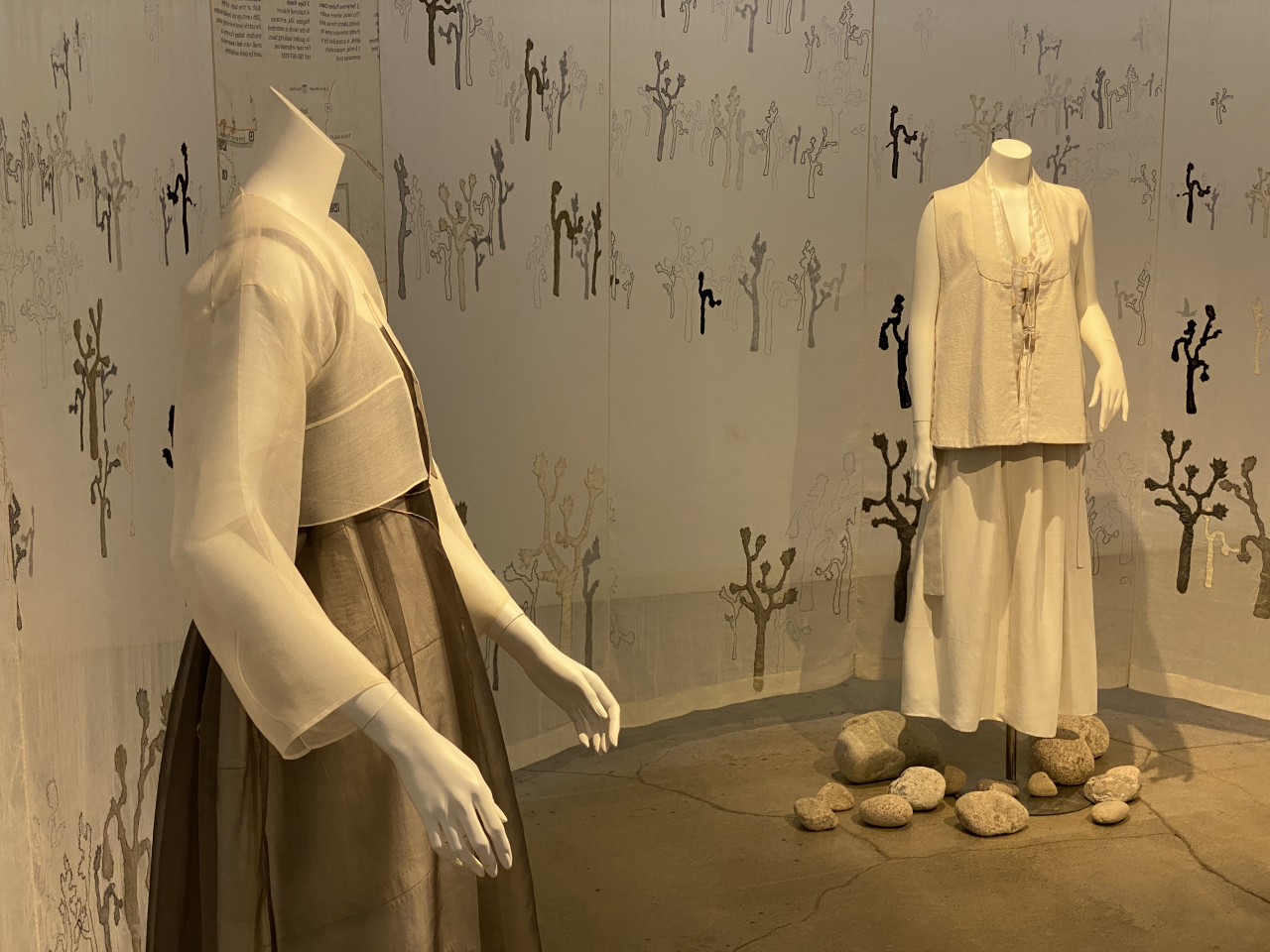In the ever-evolving landscape of fashion, there is a growing trend towards celebrating cultural heritage by reimagining traditional garments in outerwear design. This fusion of the old and the new not only pays homage to rich cultural histories but also breathes fresh life into classic styles. Let’s explore how designers are embracing this trend:

1. Incorporating Traditional Textiles:
- Designers are integrating traditional textiles and fabrics into outerwear, celebrating the unique weaving techniques, patterns, and colors that are synonymous with various cultures. From intricate embroidery to handwoven fabrics, these elements add a distinct cultural flair to the garments.
2. Blending Modern Silhouettes with Traditional Elements:
- The juxtaposition of modern silhouettes with traditional design elements creates a harmonious balance between the past and the present. For example, a traditional kimono-inspired coat may feature a contemporary cut, making it suitable for both formal and casual settings.
3. Embellishments and Embroidery:

- Embellishments inspired by traditional craftsmanship, such as intricate embroidery or beadwork, are making a comeback in outerwear. These details not only showcase the craftsmanship of a particular culture but also add a touch of luxury and uniqueness to each piece.
4. Adapting Traditional Layering Techniques:
- Many traditional garments are designed with layering in mind, offering adaptability to different climates. Designers are incorporating these layering techniques into modern outerwear, providing versatility and functionality while staying true to the roots of the original designs.
5. Cultural Symbolism:
- Outerwear is being adorned with cultural symbols and motifs that hold significant meaning. These symbols not only add a visual appeal but also serve as a form of storytelling, allowing wearers to connect with the cultural narratives embedded in the garment.
6. Sustainable Practices:
- The reimagining of traditional garments often goes hand in hand with sustainable fashion practices. Designers are sourcing materials ethically, promoting fair labor practices, and utilizing eco-friendly production methods, aligning with the values inherent in many cultural traditions.
7. Global Collaboration:
- Collaborations between designers from different cultural backgrounds are fostering a global exchange of ideas. This cross-cultural pollination is resulting in outerwear that seamlessly blends elements from various traditions, creating a melting pot of styles that resonate with a diverse audience.

8. Empowering Local Artisans:
- By incorporating traditional elements into outerwear, designers contribute to the preservation of traditional craftsmanship. Collaborating with local artisans and supporting their skills not only ensures the authenticity of the designs but also helps sustain cultural practices.
9. Education and Cultural Appreciation:
- Reimagining traditional garments in outerwear design provides an opportunity for cultural education and appreciation. Wearers become not just fashion enthusiasts but also cultural ambassadors, fostering a deeper understanding of diverse heritages.

In conclusion, the reimagining of traditional garments in outerwear design is more than a fashion statement; it’s a celebration of cultural diversity, a nod to craftsmanship, and a step towards sustainable and meaningful fashion. This trend showcases the beauty of cultural heritage while propelling it into the contemporary fashion landscape.


